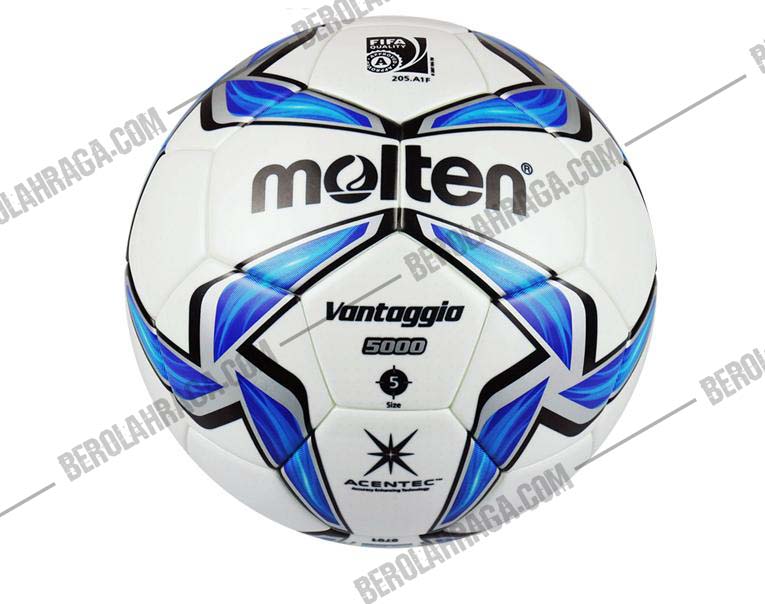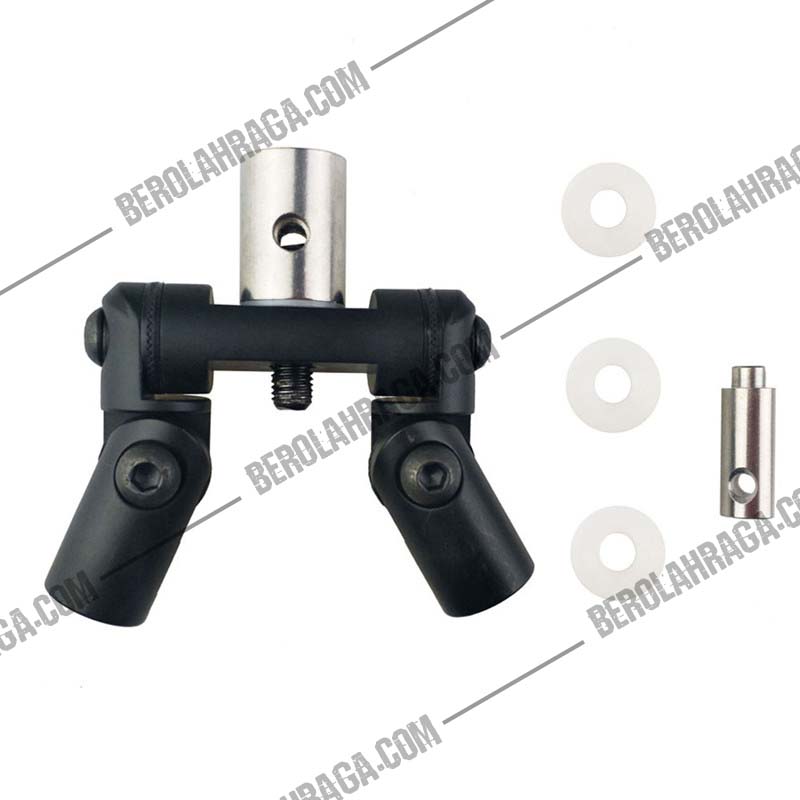
Untuk info lebih lanjut dapat langsung menghubungi ke :
Telp : 021 470 5841
Hp & WA : 08127866663 / 081289854040
Alamat : Jl. Panca wardi, No. 33-34, Kayu Putih, Jakarta Timur
Macam Macam Teknik Dasar Dalam Permainan Sepak Bola
Macam Macam Teknik Dasar Dalam Permainan Sepak Bola. Permainan sepak bola seperti halnya jenis permainan lainnya memiliki teknik-teknik dasar bermain. Jika kita melihat pertandingan bola internasional di siaran televise, pasti akan tercengang dengan kepiawaian pemain masing-masing tim yang bertanding. Pemain bola yang professional tentu yang menguasai teknik-teknik dasarnya. Apa saja macam-macam teknik dasar dalam permainan sepak bola? Mari kita bahas semuanya di sini.

Ada 7 teknik dasar bermain sepak bola yang ditetapkan oleh FIFA. Masing-masing teknik dasar bermain sepak bola di lakukan dengan cara dan tujuan yang berbeda. Inilah 7 teknik dasar dalam bermain sepak bola:
1. Menendang
Menendang bola menjadi aktivitas yang paling dominan dalam permainan sepak bola. Dari start sampai permainan selesai, yang di lakukan para pemain di lapangan adalah menendang. Di mana menendang bola adalah upaya untuk memasukan bola ke gawang lawan untuk mencetak gol. Tujuan utama menendang bola adalah untuk mengumpan dan menembak kea rah gawang. Ada 3 cara menendang bola, yaitu:
a. Menendang dengan kaki bagian dalam
b. Menendang Dengan Kaki Bagian Luar
c. Menendang dengan punggung kaki
2. Mengontrol dan Menghentikan Bola
Teknik mengontrol dan menghentikan bola di lakukan bersamaan dengan teknik menendang. Maksud dari teknik dasar ini adalah untuk mengatur tempo permainan, untuk mengalihkan laju permainan serta memudahkan saat mengoper bola. Cara melakukannya adalah sebagai berikut:
3. Menggiring Bola
Menggiring berarti menendang bola secara terputus-putus dengan tujuan untuk mendekatkan jarak ke sasaran menghindari lawan, dan menghambat permainan. Menggiring bola menggunakan kaki yang sama untuk menendang.
4. Melempar Bola
Yaitu teknik melemparkan bola ke dalam lapangan. Saat melempar, mata focus kea rah teman satu tim, sehingga bola akan mendarat kea rah teman bukan ke lawan.
5. Mengumpan Bola
Yaitu teknik mengoper bola ke anggota tim lain. Dalam teknik passing ada dua jenis passing yaitu short pass dan long pass. Mengoper dengan short pass menggunakan kaku bagian dalam dan dengan power yang sedang. Sementara mengoper dengan long pass menggunakan kaki bagian luar dengan kekuatan penuh. Tujuan passing atau mengumpan adalah untuk menghindari lawan yang ingin merebut bola dan membuka peluang untuk menerobos daerah pertahanan lawan.
6. Menyundul Bola
Menyundul bola biasanya di lakukan untuk mencetak gol atau membuang bola. Melempar bola dapat dilatih dengan melemparkan bola kemudian diterima dengan kepala tepat di jidat.
7. Merebut Bola
Merebut bola dilakukan dengan teman satu tim. Seorang pemain perlu belajar membaca gerakan lawan dan usahakan membaca gerakan bola daripada menghadap secara fisik lawan main, sehingga akan lebih mudah merebut bola dari kaki lawan.
Demikian macam-macam teknik dasar dalam permainan sepak bola yang perlu di ketahui oleh seorang pemain sepak bola. Baca juga “peraturan olahraga sepak bola resmi dari FIFA” dan “induk organisasi sepak bola nasional dan internasional“.





Recent Comments